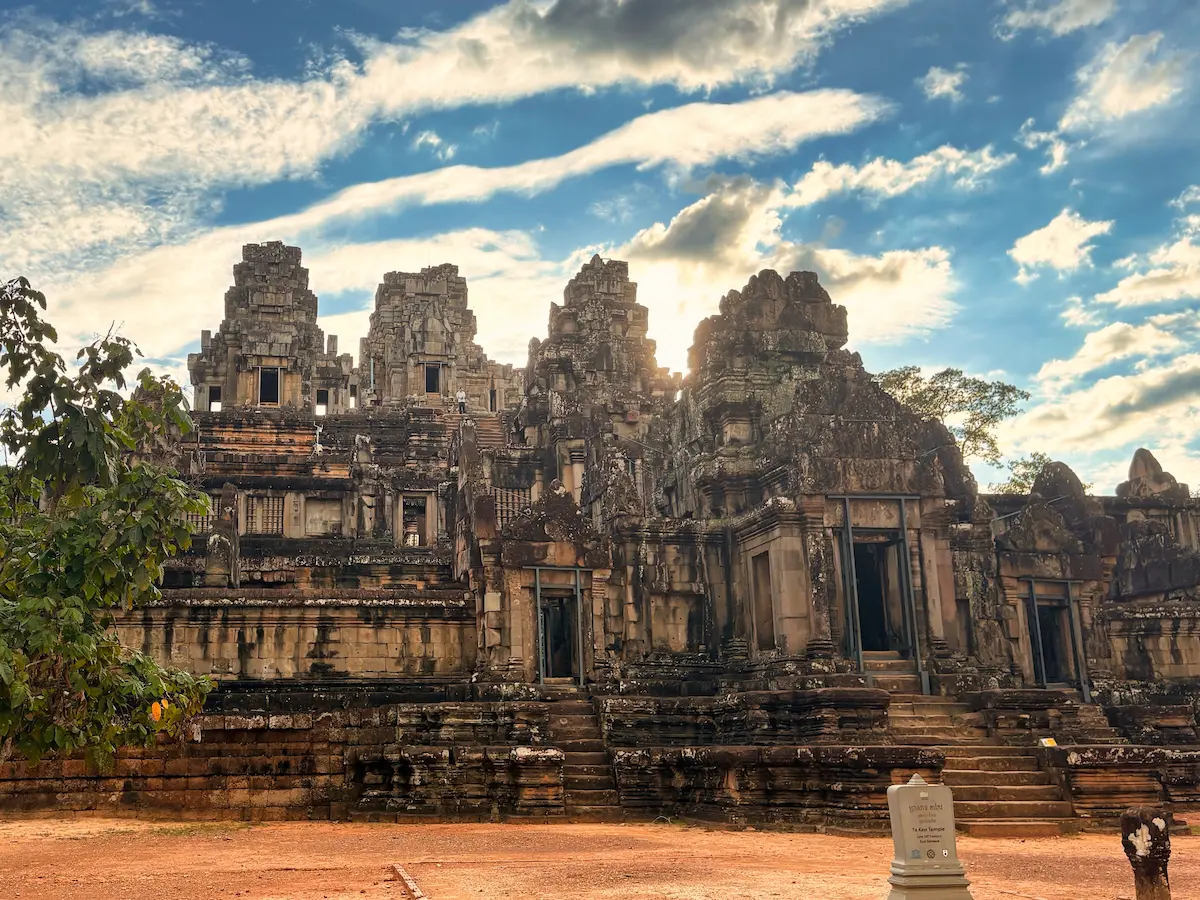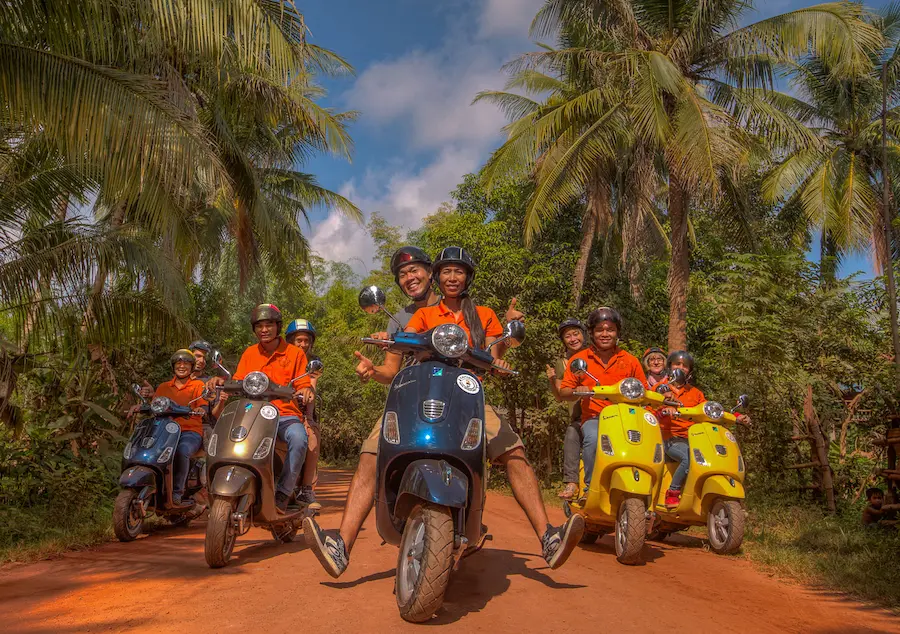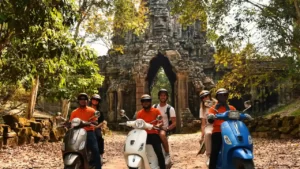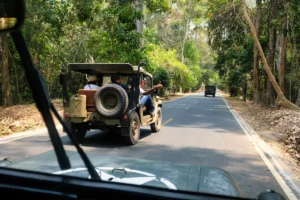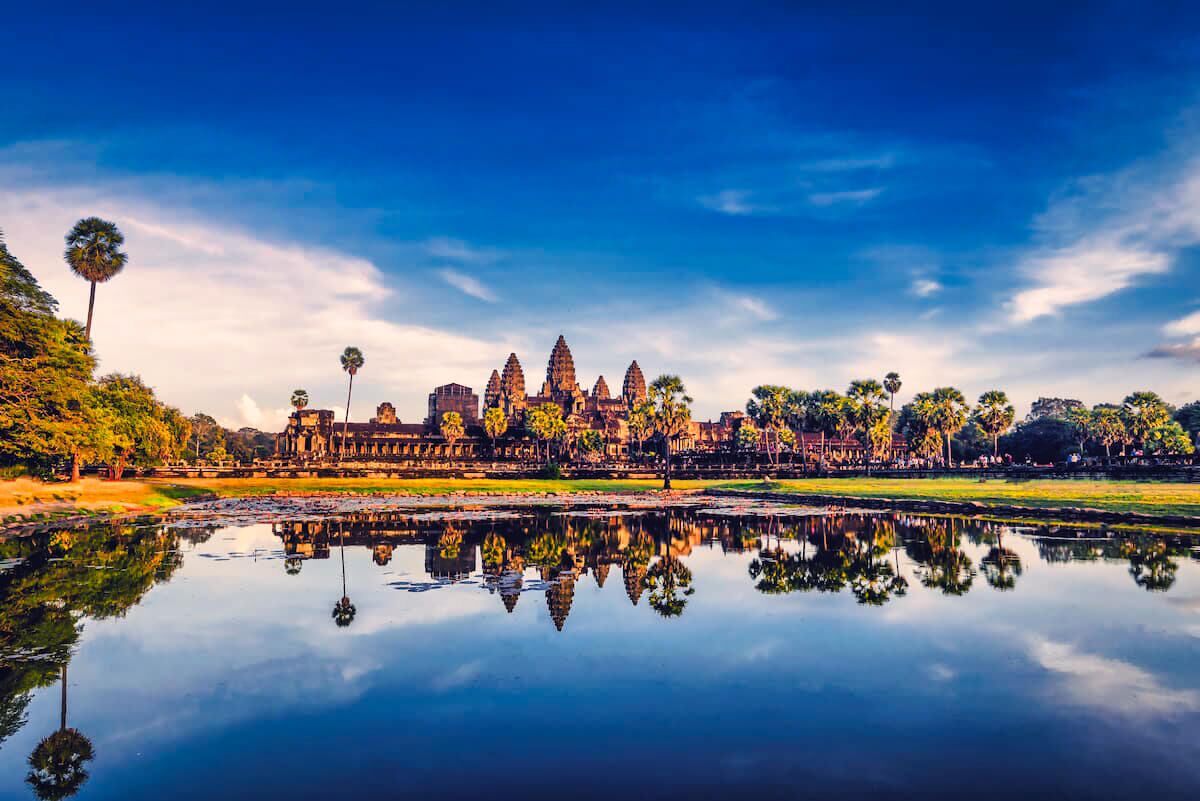As dawn breaks over the Angkor Archaeological Park, the shadowy silhouette of Ta Keo emerges, imposing and enigmatic against the rising sun. Unlike its ornate neighbors, this temple stands stark and bare, as if frozen in a moment of unresolved history. But what story lies hidden within its austere walls?
Ta Keo A Temple Shrouded in Mystery
In 968, a young prince named Jayavarman V ascended the throne at just ten years old. Amidst court intrigue and turbulent politics, he dreamed of building something extraordinary—something that would immortalize his reign. By 975, barely seventeen, he began construction of a temple he called Hemagiri—”the mountain with golden summits.”
But fate had other plans. Construction mysteriously halted. Was it a lightning strike that scarred the temple’s summit, an ominous sign from the gods as inscriptions suggest? Or did the sudden death of the ambitious king spark a fierce struggle for power, abandoning Ta Keo forever incomplete?
Centuries passed, yet whispers of ancient rituals and the echo of forgotten prayers lingered among its stones, making Ta Keo an enduring puzzle waiting patiently to be solved.
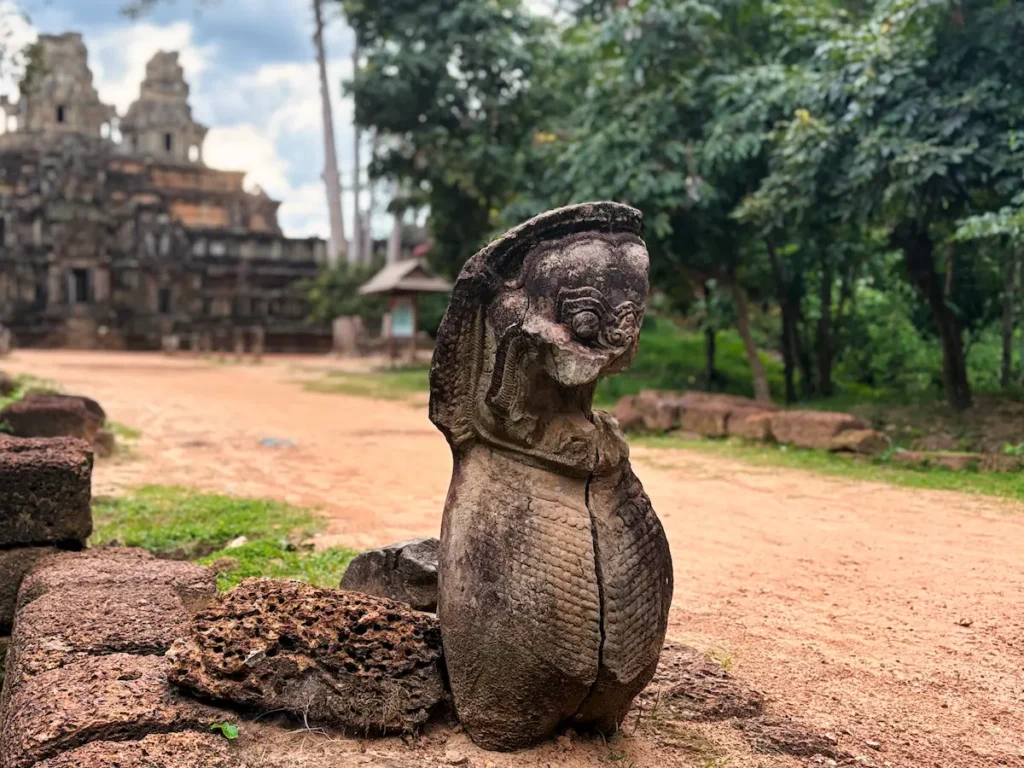
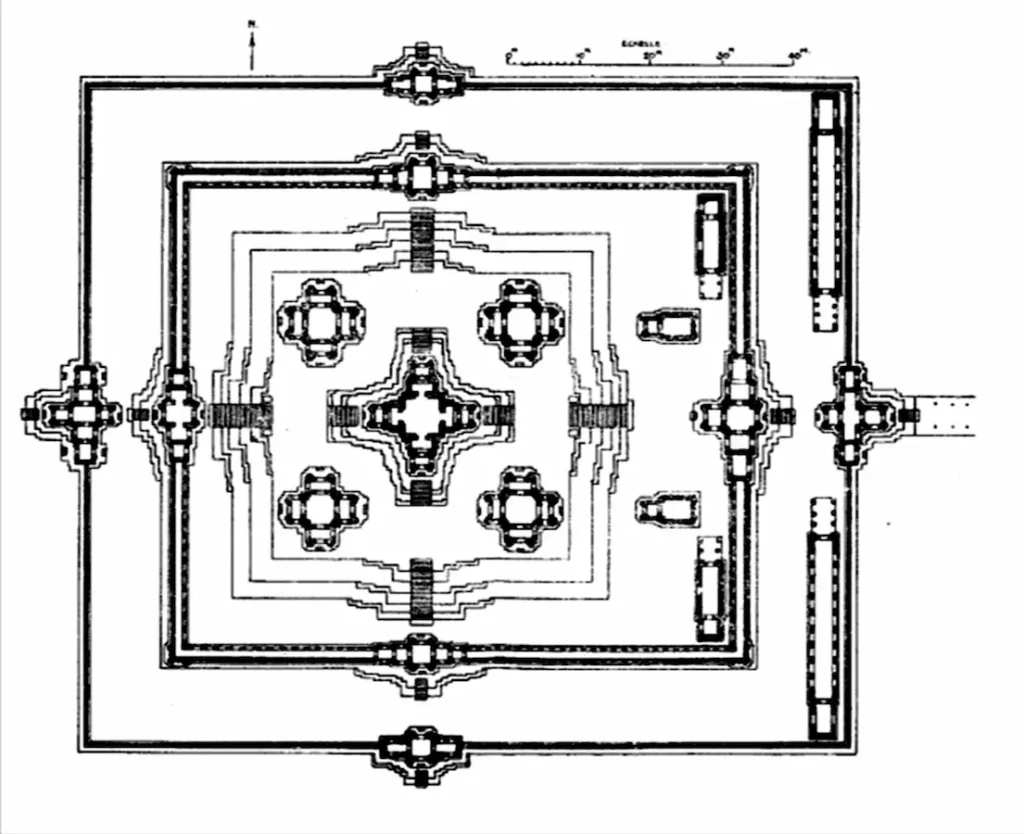
The Truth Behind the Legend
Constructed during the late 10th century under King Jayavarman V, Ta Keo remains unfinished despite decades of effort. Historical evidence from inscriptions reveals the temple’s halt was possibly due to a lightning strike, seen as a divine warning. Another theory points to Jayavarman’s untimely death, which ignited succession conflicts, halting the temple’s progress.
Though unfinished, Ta Keo functioned as a place of worship until the 13th century, underscoring its spiritual significance long after the last stone was laid.
Architectural Marvel in Sandstone
Despite its unfinished state, Ta Keo is an impressive sandstone pyramid of five steep terraces ascending to 22 meters. Its design features:
- Base Terraces: Two large terraces hosting enclosed courtyards, providing spaces for pilgrims and ceremonies.
- Upper Terraces: Three narrower, sharply rising terraces crowned by five towers in a distinctive quincunx arrangement.
- Mountain temple: this architecture represents Mount Meru (four towers at the corners with a dominant central tower).
- Narrow corridors: As you climb the temple, you’ll notice the corridors are narrower than in later temples—an early example of this construction technique, which was refined over time.
Its largely undecorated facade adds to its mystery, starkly contrasting with the richly ornamented temples nearby. The sandstone used in the temple seems almost impossible to carve.
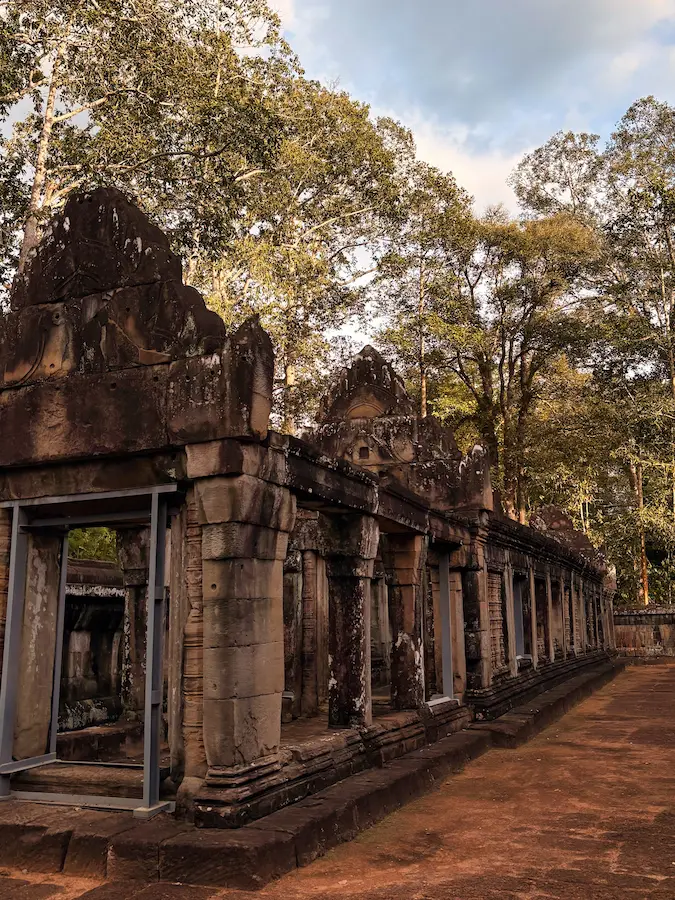
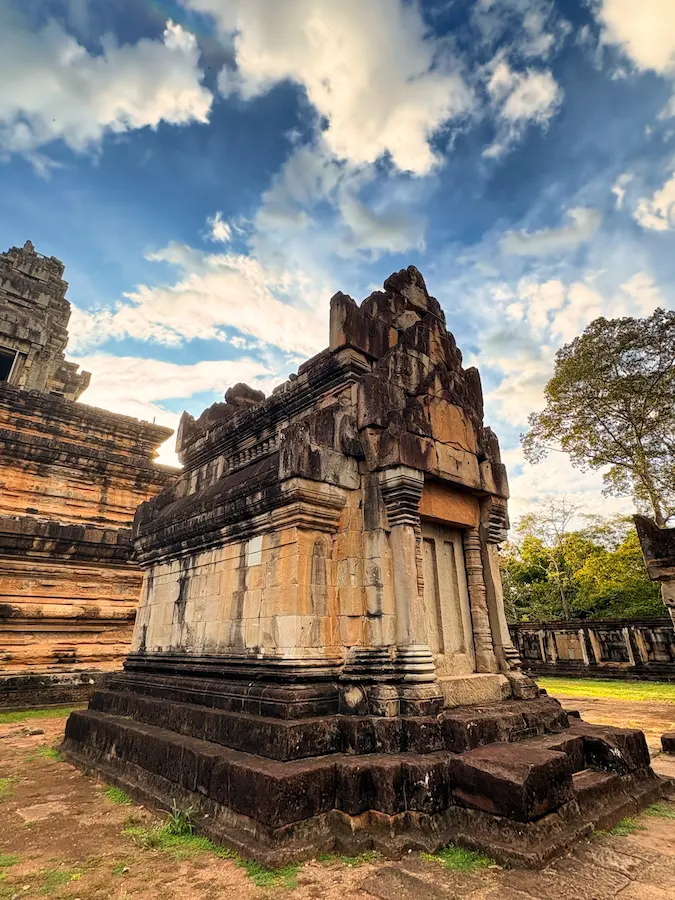
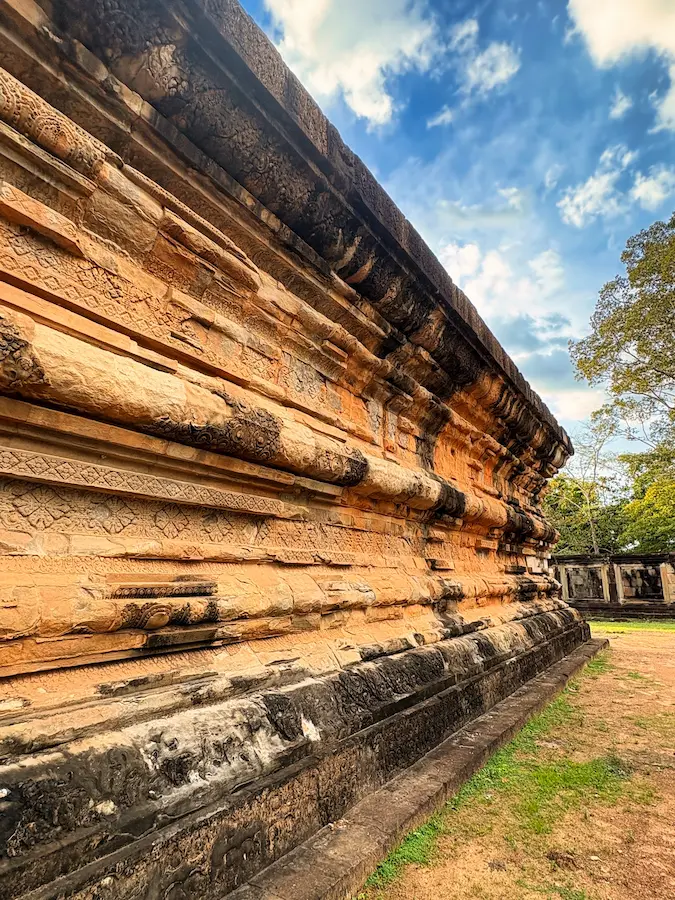
Discovering Ta Keo
Visitors approach Ta Keo from the east, crossing a stone causeway guarded by lion statues in the Bayon style. The first courtyard greets pilgrims with long halls, once shelters covered in wood and tiles. Higher up, the second terrace is surrounded by an enclosed sandstone gallery and smaller “libraries” that still whisper of ancient scholars.
The final ascent to the sanctuary offers an exhilarating climb. Steep stairs and raw sandstone lead visitors to the heart of the temple, where unfinished towers and fragments of sacred relics underscore its dedication to Shiva.
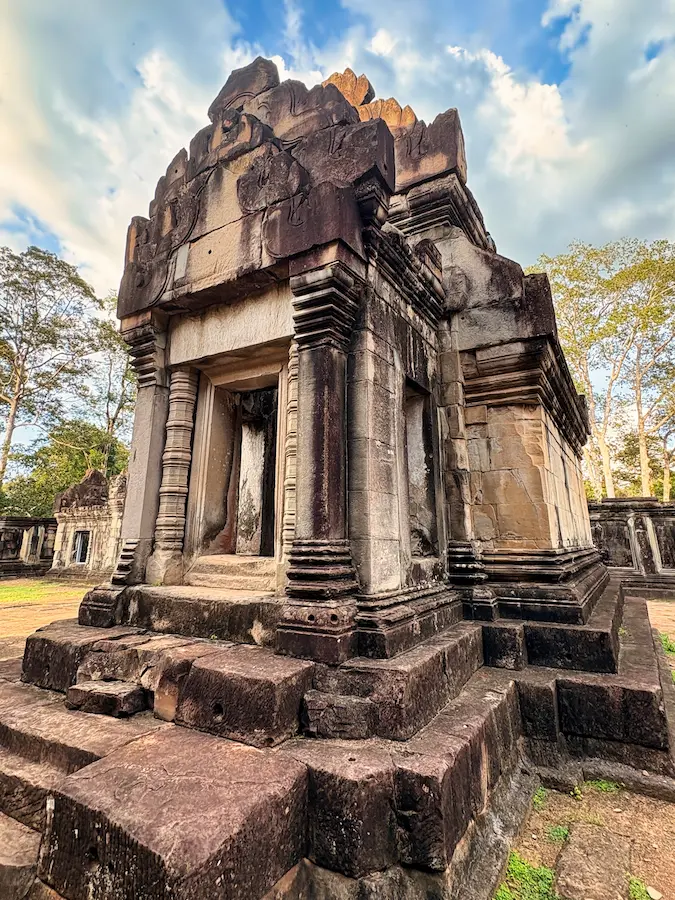
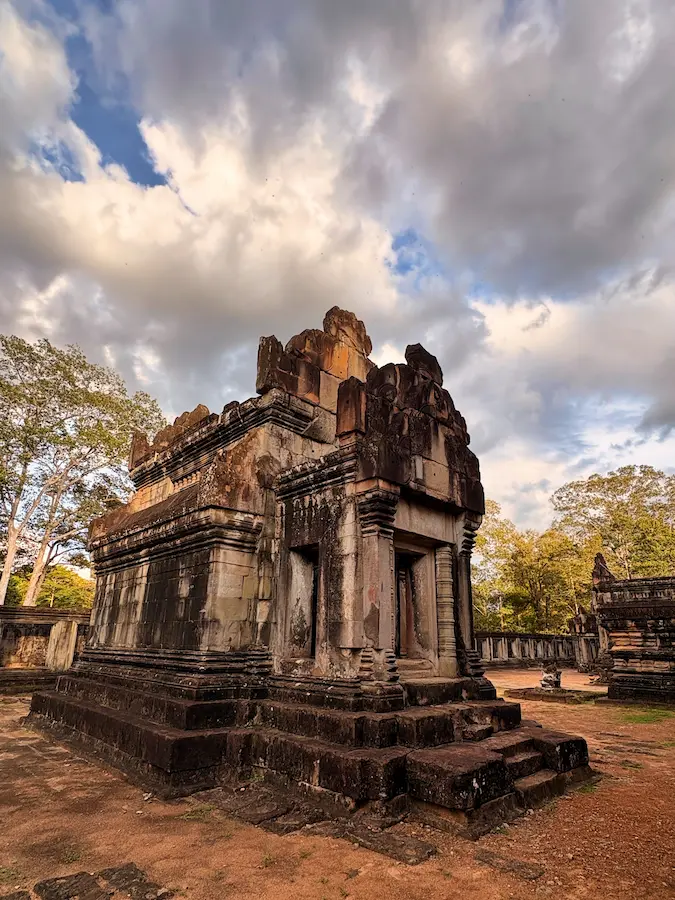
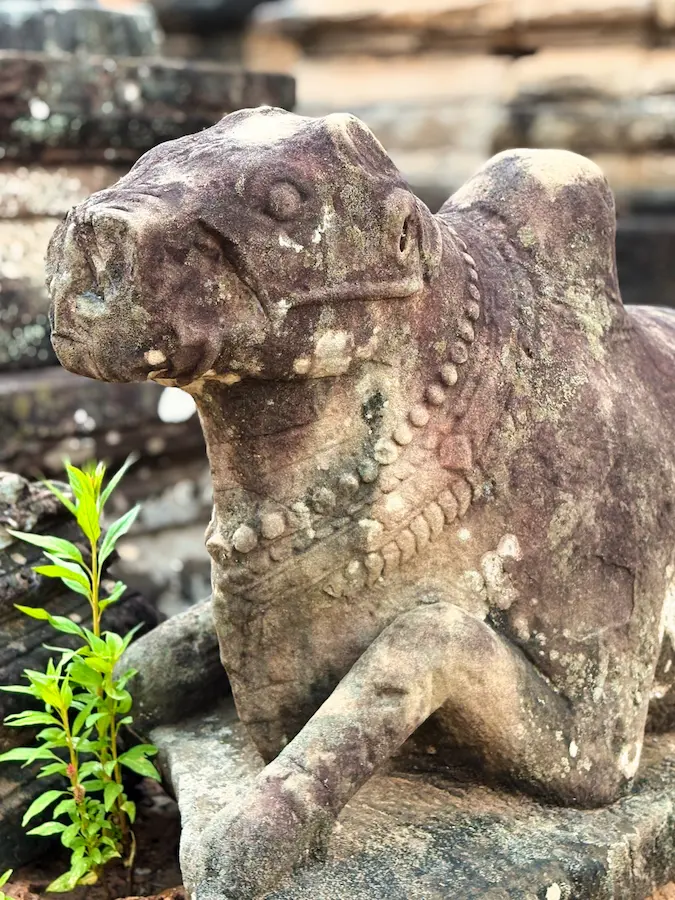
Ta Keo Layout
Ta Keo Temple exemplifies the temple-mountain style, built as a five-tiered pyramid crowned with five towers arranged in a quincunx pattern. This design, symbolizing Mount Meru from Hindu cosmology, is shared by other temples such as Phnom Bakheng, Pre Rup, Eastern Mebon, and the iconic Angkor Wat.
The temple is surrounded by an outer enclosure with entrance pavilions (gopuras) at all four cardinal points, with the primary access aligned to the east—the orientation of the entire complex. Within this enclosure, on the eastern side, two long halls sit in the courtyard, while the other sides have more limited space between the walls and the next tier.
Ascending to the second level, visitors pass through a galleried wall that also features gopuras at each main direction. Notably, inscriptions can be found on the doorjambs of the eastern gate. Within the eastern courtyard, two libraries face west, complemented by additional halls aligned along a north-south axis.
At the heart of the temple stands a three-tiered central platform, accessible by stairways on all sides and crowned by five imposing towers—one at each corner and one in the center.
When and How to Visit
To fully appreciate Ta Keo, plan your visit for early morning or late afternoon. The gentle sun enhances the temple’s austere beauty, casting dramatic shadows and highlighting intricate masonry.
Opening hours:
- 6 am to 6.30 pm
Visitor Tips:
- Wear sturdy footwear for the challenging climb.
- Arrive early for the best experience and photographs.
- Take plenty of water to stay hydrated.
- Easily added to the Angkor Small Circuit, either on your way to or after visiting Ta Prohm Temple.
Why Ta Keo Matters
Ta Keo isn’t just another temple—it’s a glimpse into the bold ambition of the Khmer Empire, frozen in time. Towering in raw sandstone, this unfinished masterpiece tells a story of power, mystery, and legend. As you walk its steep steps and weathered corridors, you’re not just visiting a monument—you’re stepping into history.

